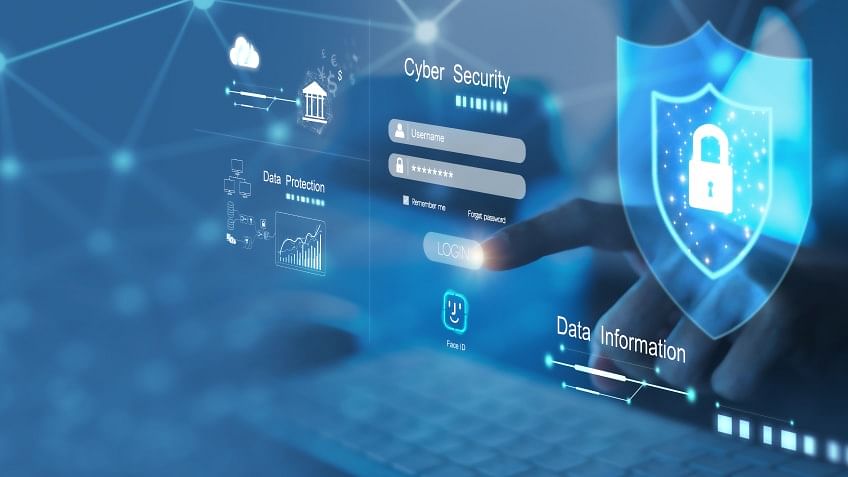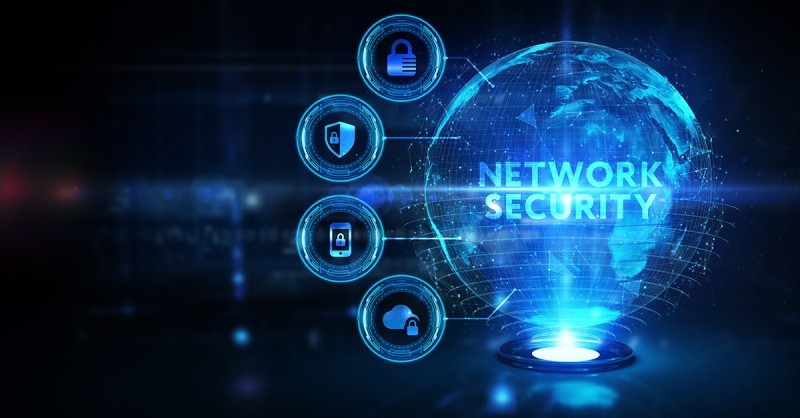Important Statistics on Network Security
In today’s digital age, the importance of network security cannot be overstated. Cyber threats are growing in number, sophistication, and impact, making it essential for organizations to understand the landscape through data-driven insights. This article compiles and analyzes critical statistics on network security to highlight current trends, the scale of threats, and the imperative for robust cybersecurity measures.
Introduction
Network security is the practice of protecting the integrity, confidentiality, and availability of data and resources within an organization's network. As cyber threats continue to evolve, staying informed through relevant statistics helps decision-makers implement effective security strategies and allocate resources appropriately.

The Rising Tide of Cyber Threats
1. Global Cybercrime Costs
According to Cybersecurity Ventures, global cybercrime costs are predicted to reach $10.5 trillion annually by 2025, up from $3 trillion in 2015. This staggering increase underscores the growing scale and impact of cyber threats.
2. Frequency of Attacks
A report by Check Point Research revealed that organizations experienced a 50% increase in weekly cyber attacks in 2021 compared to 2020. This trend highlights the accelerating frequency of cyber threats faced by businesses worldwide.
3. Types of Cyber Attacks
Ransomware:
The FBI’s Internet Crime Complaint Center (IC3) reported a 62% year-over-year increase in ransomware incidents in 2021.
Phishing:
According to Proofpoint’s 2021 State of the Phish report, 75% of organizations around the world experienced a phishing attack in 2020.
DDoS Attacks:
NETSCOUT’s Threat Intelligence Report indicated that DDoS attacks increased by 20% in the first half of 2021 compared to the same period in 2020.
Network Vulnerabilities
1. Common Vulnerabilities
The 2021 Verizon Data Breach Investigations Report (DBIR) found that 85% of breaches involved a human element, such as phishing or misuse of credentials. This statistic underscores the critical need for employee training and awareness programs.
2. Unpatched Systems
Research by Ponemon Institute revealed that 60% of data breaches were linked to vulnerabilities where a patch was available but not applied. Timely patch management remains a significant challenge for many organizations.
3. IoT Vulnerabilities
A study by Palo Alto Networks found that 98% of all IoT device traffic is unencrypted, exposing personal and confidential data on the network. The proliferation of IoT devices significantly increases the attack surface.
The Cost of Data Breaches
1. Average Cost
According to IBM’s 2021 Cost of a Data Breach Report, the global average cost of a data breach was $4.24 million, the highest in the 17-year history of the report.
2. Industry Impact
Healthcare:
The healthcare sector experienced the highest average cost per data breach at $9.23 million.
Financial Services:
The financial sector had an average breach cost of $5.72 million.
Retail:
Data breaches in the retail sector cost an average of $3.27 million.
3. Detection and Containment Time
The same IBM report indicated that the average time to identify and contain a data breach was 287 days. Reducing this time through efficient detection and response mechanisms can significantly lower the costs associated with breaches.
The Role of Network VAPT
1. Adoption Rates
Gartner reports that 40% of large enterprises perform regular Vulnerability Assessment and Penetration Testing (VAPT) as part of their security strategy. This practice helps identify and mitigate vulnerabilities before they can be exploited.
2. Effectiveness
A survey by the SANS Institute found that organizations that conducted regular VAPT assessments experienced 50% fewer successful cyber attacks compared to those that did not.
3. Compliance
Compliance with regulations such as PCI DSS, HIPAA, and GDPR often mandates regular VAPT to ensure the security of sensitive data. The Ponemon Institute found that 70% of organizations conducted VAPT to comply with regulatory requirements.
Emerging Trends
1. AI and Machine Learning
The adoption of AI and machine learning in network security is on the rise. MarketsandMarkets forecasts the AI in cybersecurity market to grow from $8.8 billion in 2019 to $38.2 billion by 2026, driven by the need for advanced threat detection and response capabilities.

2. Zero Trust Architecture
The concept of Zero Trust, which assumes that threats could be both inside and outside the network, is gaining traction. According to Forrester, 83% of organizations plan to increase their Zero Trust budgets in the next 12 months.
3. Cloud Security
As organizations migrate to the cloud, ensuring the security of cloud environments is critical. A report by McAfee indicated that 52% of organizations experienced better security in the cloud compared to their on-premises environments, due to robust cloud-native security tools.
Conclusion
Network security is indispensable in today’s digital landscape, as evidenced by the alarming statistics on cyber threats and their impacts. Organizations must prioritize comprehensive security measures, including regular VAPT, employee training, timely patch management, and advanced threat detection technologies. At Valency Networks, we are committed to helping businesses navigate the complexities of network security and stay ahead of emerging threats through our expert services and solutions. By leveraging data-driven insights and adopting best practices, organizations can strengthen their defenses and safeguard their digital assets effectively.


